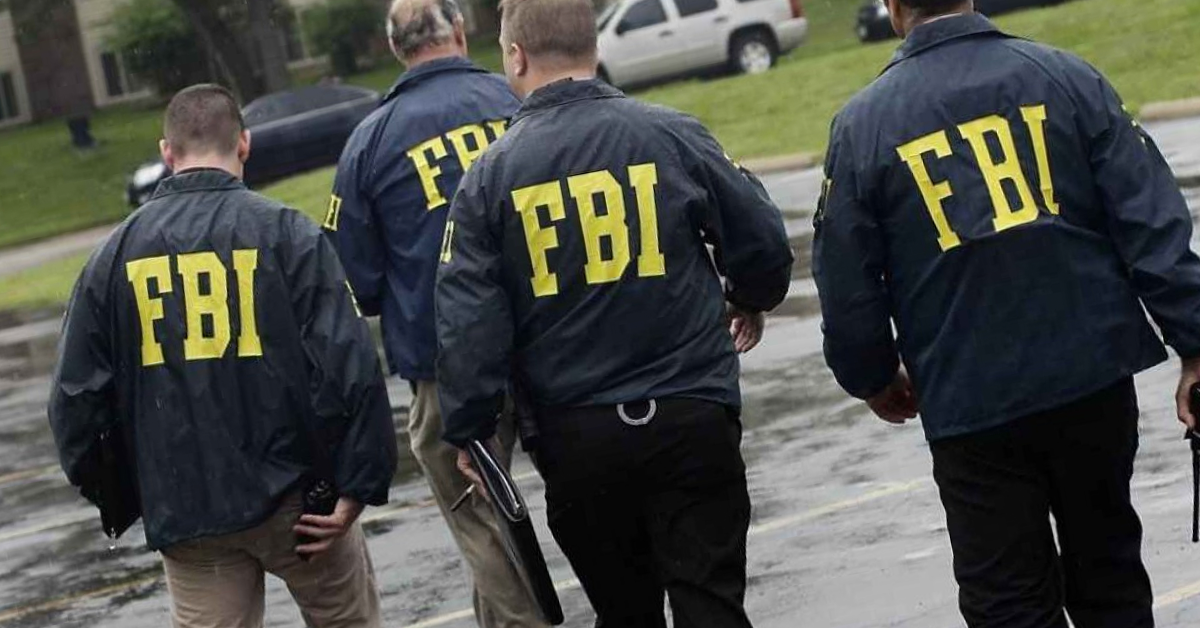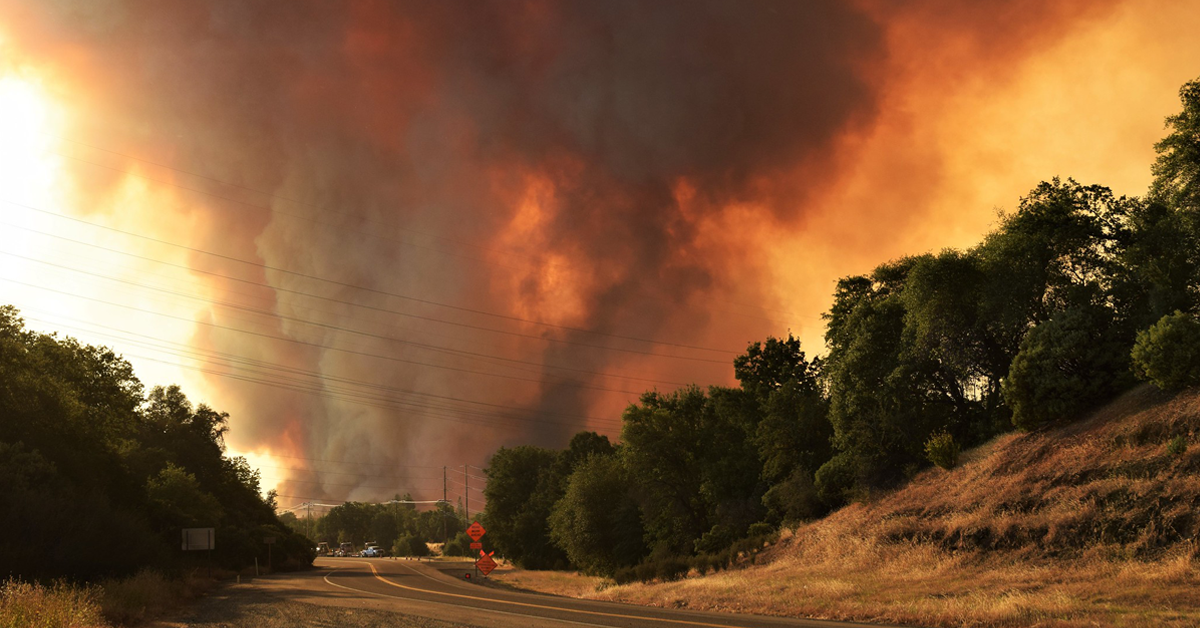7.) My first thought: The city’s actions in February 2005 appear to be exactly what the city is doing in mid-2016. In other words, adjust the water’s chemistry, monitor things, hope.
8.) My second thought: If the city in late 2004/early 2005 did, in fact, tell the state about the water woes in Northeast Fresno, then that just might change everything.
My assumption is you have to tell Sacramento only once about a bad drinking water problem to open a file with state water and health regulators.
That means there’s a paper trail in Sacramento showing that the state at some point between February 2005 and January 2016 traveled to Fresno, checked out everything at the treatment plant, talked to every afflicted water customer, and issued an official edict saying the problem had been fixed and everything was hunky-dory. That had to have been the case because otherwise the big hullabaloo earlier this year about government officials so-called “discovery” of the discolored water problem makes no sense. Government officials would have told reporters: “You’re chasing old news. Sacramento’s had an open file on this disaster for 12 years.”
9.) And if Martin is right – state water/health officials knew in late 2004/early 2005 about the discolored water problem – then that could explain why Bob Moorhead (the treatment plant’s operator until 2011) didn’t send reams of paperwork describing the problem’s day-to-day progress.
Why would he? Sacramento already knew. State and city officials had already become permanent partners in struggle to fix Northeast Fresno’s discolored-water problem.
10.) One of the unanswered questions in the discolored-water story is whether the city’s Water Division has any institutional memory.
Is there anyone in the place with 25 or 30 years on the job?
I ask because city officials are especially bitter over Moorhead’s alleged failure to report customer complaints to the state, as legally required. If Moorhead had done so, the thinking goes, it would have been irrelevant if he didn’t forward the complaints to his City Hall superiors.
The state, thus alerted, would have called those superiors at some point. Any in-house cover-up would be exposed.
For the sake of argument, let’s say Moorhead did refuse to forward customer complaints about bad drinking water to the state. I know for a fact that every department, division and office in Fresno’s municipal government regularly holds department, division and office meetings.
You know what I’m talking about – jawboning sessions with the troops during which all things of importance are aired. You don’t have to be Columbo to sniff things out if these sessions are properly conducted.
For Moorhead’s tactic to work, he had to count on one of two things happening at these sessions. The first is that, among DPU/Water Division workers at the table, he had the most years of City of Fresno employment. He had a status born of institutional longevity that precluded any challenge to what he said – or didn’t say.
That would have lead to weekly DPU/Water Division meetings with this imaginary conversation:
Big Boss: “Bob, what have you got out there at the Northeast plant?”
Bob: “Well, Boss, we blew a gasket on automatic towel dispenser in the men’s bathroom.”
Underling One: “Again?”
Underling Two: “Tell ‘em to stop washing their hands.”
Big Boss: “Get it fixed, Bob.”
Bob: “Will do, Boss. Our security fence on the south side – taggers hit it.”
Underling One: “Again?”
Underling Two: “What does it say?”
Big Boss: “Call graffiti abatement, Bob.”
Bob: “Will do, Boss. And my wife said she’d bring some of her baked beans to the DPU potluck on Saturday.”
Underling One: “Hot dog!”
Underling Two: “They’re so tasty!”
Big Boss: “Please give Mabel our sincere thanks, Bob.”
Bob: “Will do, Boss. Nothing else to report.”
Big Boss: “Meeting adjourned.”
Or, Moorhead had to count on everyone treating his years of evasions with willful ignorance.
If No. 2 was Moorhead’s thinking, then he wasn’t the main cause of this mess.
11.) The City Council on Thursday will consider reducing the speed limit on nine stretches of Fresno streets.
My favorite concerns Palm Avenue between Clinton and Dakota avenues. The current speed limit on this one-mile stretch is 40 miles per hour. Public Works suggests a 35 mph limit.
It’s not clear to me why Shields Avenue to Dakota needs to go from 40 to 35. That half-mile stretch doesn’t seem much different than, say, Palm from Olive Avenue to McKinley Avenue.
But reducing the speed on Palm from Clinton to Shields makes total sense. That stretch is a doozy. It’s four lanes, two each direction, and no shoulder on either side for most of the half-mile. The road is uneven in parts and features a fairly significant rise in elevation about halfway between Clinton and Shields.
I’ve driven that stretch when each of the four lanes was full of vehicles and bicyclists were pedaling in each direction.
Add pedestrians trying to cross the street, and you’ve got a real mess. It’s especially bad at night.
Maybe 30 mph should be the limit.
12.) Fresno police in the Southwest policing district continue to do great work.
A news release dated Aug. 10 from Southwest Commander Mark Salazar notes the Southwest district earlier this year was averaging one murder every 20 days. Southwest had no murders in the 46 days leading up to Aug. 10.
“But more work is needed,” Salazar said in the release.
Over the past two months, the Tower District has seen a 40% reduction in robberies, a 35% reduction in cars broken into and a 64% reduction in stolen cars compared to the two-month period before that.
“But it’s just not about all the outstanding work the officers are doing, as we’ve seen,” Salazar said. “Weekly ‘Bringing Broken Neighborhoods Back to Life” events are occurring in Southwest and other parts of the city. Southwest faith-based organizations have been hands-on in their communities. Community-based organizations like West Fresno Boys and Girls Club are providing a place and activities to keep kids busy. And the City of Fresno’s Parks Department Weekend Recreation and Fitness Program has made an impact. We also have benefitted from residents coming together on social media such as ‘Please Help Stop Crime in the Tower District’ and ‘The Mural District Neighborhood.’ These residents have been our eyes and ear.”
13.) District 3 Council Member Oliver Baines (who represents Southwest Fresno and part of the Tower District) said in email to Salazar: “Great work, Mark. The District appreciates your efforts and communication.”
I second Baines’ sentiments.







